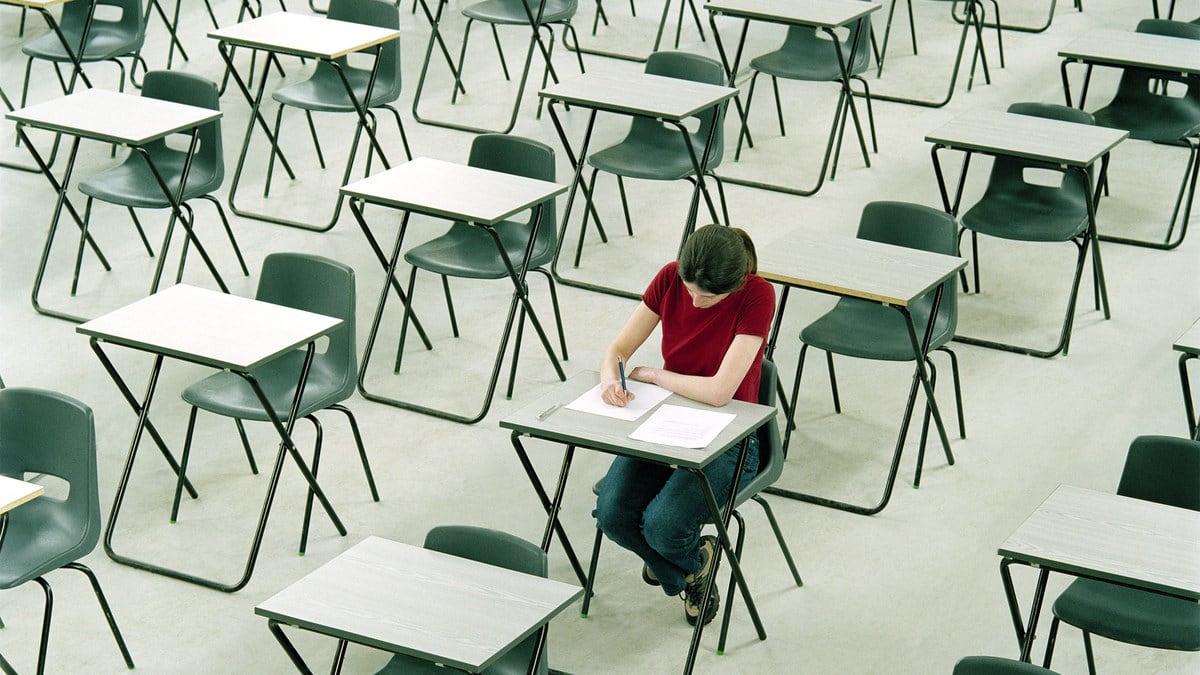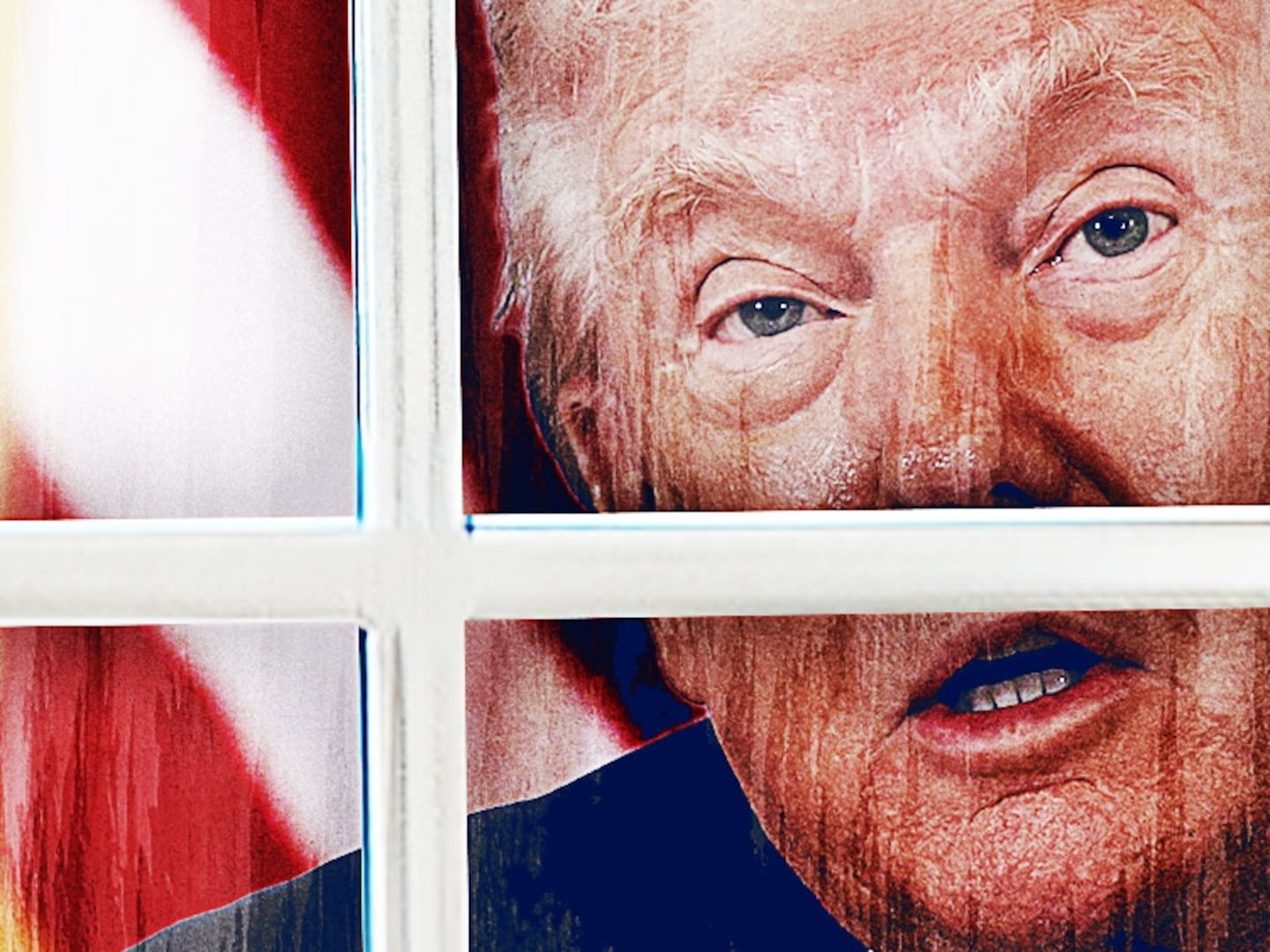COVID-19 has disrupted our world in big and small ways. We have shut down as a nation to save lives. We watch the news and hear of deaths in the hundreds and thousands and wonder if we are at the peak yet. Simple acts, such as going to the grocery store or walking the dog, have become significant sources of anxiety. Food insecurity has intensified as increasing lines at food banks demonstrate. We have new respect for service workers. We cheer our new heroes, the first responders, doctors, and nurses who are our frontline soldiers in this war.
And we celebrate our teachers, but we have ignored university professors, who have also had to refocus the way they teach, do research and spread knowledge.
Higher education as a sector is getting hammered. Our national focus is rightly on the current frontline health providers. But we need to realize that despite some federal funding, many universities and colleges may never recover from COVID-19.
Traditional universities are refunding room and board. While the lucky few schools have the money to do this as well as pay for the new requirements and expenses of moving instruction online, estimates are that between 10 and 20 percent of all universities are in financially precarious situations. The U.S. has about 5,300 institutions of higher learning. Twenty percent would mean 1,060 institutions could close.
But even among the other 80 percent, no one here gets out unscathed. Some state institutions have watched their appropriated budgets be pulverized over the last decade by tax-cut focused governors and state legislatures. The lucky ones have learned to do more with less and find alternative revenue sources. But most simply are squeezed, and hard.
Universities are also facing a demographic cliff. Simply put, in the next decade, there will be fewer college-age students because of birth-rate decline. Over the past decade there was an 11 percent enrollment drop, which will continue for the next decade. To remain competitive, many private universities have tried to balance the sharp competition for students by raising their discount rate — the percentage of scholarship they award.
More institutions report discounts of over 60 percent of their tuition. And in recent years, increasing student needs have required universities to increase spending for student support, mental health, and accessibility. Precarious indeed.
COVID-19 is the tsunami higher education has been fearing. Three types of institutions were already vulnerable: non-selective small privates, bottom- and middle-tier state institutions, and community colleges. For these schools COVID-19 may be the grim reaper. But for all universities, it is not just the great disrupter, but frankly, it is much more than that.
An April 7 Associated Press report stated: “Colleges across the nation are scrambling to close deep budget holes and some have been pushed to the brink of collapse after the coronavirus outbreak triggered financial losses that could total more than $100 million at some institutions.” It is the singular event that will mark the end of one phase of higher education and the beginning of another.
Harvard, the wealthiest university in the world, has announced a hiring freeze and is looking at curbing spending and construction all in preparation for what it sees as the harsh reality of the current situation. If COVID-19 has Harvard worried, imagine what it is doing to institutions that lack their resources.
The College of Saint Rose, a small, Catholic residential college in Albany, New York, reported it is furloughing 61 staff. It will also reduce all salaries between 5 and 10 percent and reduce the number of unused vacation days that can accrue from 10 to five. The University of Minnesota is bracing for a $300 million budget hit. Drew University, a private university in New Jersey, is laying off “about 70” staff.
Quinnipiac University in Connecticut announced 3 to 5 percent salary cuts. Guilford College in North Carolina furloughed 133 staff. Marquette University in Wisconsin is furloughing 250. Baylor University in Texas is anticipating enrollment declines because of COVID-19 and has reported $80 million in cuts. COVID-19 is hastening what might have been inevitable for some institutions. University of Arizona announced salary cuts from 5 to 20 percent based on salary range. COVID-19 is hastening what might have been inevitable for some institutions. But as the short list above shows, even strong and vibrant institutions are being severely impacted.
The New York Times reported that “a higher education trade group has predicted a 15 percent drop in enrollment nationwide, amounting to a $23 billion revenue loss” because of COVID-19. The speed of the disruption and scale of the fiscal impact are going to affect every institution. Universities and colleges were hit hard by the 2008 recessions and some had worked to dig themselves out. Some, a large number, weren’t out of the woods yet and now find themselves right back in precarious situations.
Colleges have been scrambling and adjusting to the new realities on the fly, many just realizing that more than temporary adjustments are needed. Taking an entire educational enterprise online is a herculean task. Many faculty were not prepared and many institutions lacked the tools or support to get them ready. They relied on software platforms, such as Zoom, and we all got used to seeing into our students’ homes and living with their own gaze into ours. While many saw this as a temporary solution to the coronavirus, the impact will be long lasting as institutions are now struggling to support both faculty and students remotely.
COVID-19 will be as significant in a negative was as the GI Bill was positive in transforming higher ed. Just as then, some schools will be able to maneuver in this environment and emerge stronger. Most will limp along, under enormous stress and pain as shadows of themselves. To survive too many institutions will increase their class size as well as their reliance on part-time instructors (adjuncts), and some of these institutions are already near 70 percent adjuncted.
They will also need to reduce the number of classes they offer. All this means a factory approach to education and the slowing of time to degree, leading to the dehumanizing of education and the removal of a ladder to the middle class. These institutions will become larger, more impersonal, and less student-focused. Not because they want to, but out of pure fiscal need.
And despite all these adjustments and contortions, too many schools will simply vanish. Before COVID-19 a Forbes report graded the financial outlook for 19 percent of private institutions as not good.
What will be lost when these schools close? Unsurprisingly, the schools that are hardest hit are typically the ones that serve more students who are first-generation and students of color. For these students, college was perhaps the only path out of poverty into security and the middle class. Larger more impersonal institutions haven’t had the same success for them and elite privates are often out of reach. So, in the end, it is students who will suffer.
Online universities (including for-profit) are hoping to take advantage of the current environment as some students who spent the spring of the senior high school year online look to remain home this fall in what might be a transitional period. As we watch more streaming and TV, we see their ads and what might have looked distant, might seem like a temporary solution.
Many of these are large institutions (some are for-profit) with outsized advertising budgets. They are overly reliant on poorly paid part-time faculty. The research shows that their graduation and retention rates are not good. Some students will simply take a gap year, waiting till the fall of 2021 to attend college. All of this complicates how universities plan for their future. It stresses their fiscal plans and jeopardizes their ability to adapt.
There are some things that are worth thinking about in this moment of dystopia. COVID-19 revealed how strong institutions put their educational mission first, focused on students and supported faculty as they adapted to online course delivery. They could plan strategically because they had the resources.
These institutions will emerge with faculty who are better trained with new pedagogy and adaptable to new technologies. At these institutions, the relationship between faculty and students has deepened, building a stronger community under stressful times. While online education has much to offer, typically it misses the human touch.
I suspect that as a society we will emerge from the pandemic with a renewed desire as a society to stay connected to community. Locked down and isolated at home will not become our new normal. Those colleges that survive (with strong and supportive communities) will become more attractive as students will crave their focus on learning and the attention they give to each and every student.
These institutions have also learned to extend their responsibility to their larger surrounding communities becoming more civically engaged. They also realize their need to more deeply support their students, especially those from marginal communities. We will see a three-tier model emerge as the strong will grow stronger, the weak disappear, and the rest are resigned to perpetual struggle.
The disruption of higher education will have a larger societal impact as this is where primary research in the sciences happens. We train doctors and nurses, we impart values and build resiliency and character, as well as skills. The next few years will be rocky. Families will start looking differently at colleges. They might focus on the stability of institutions, looking at class size, depth of community and their commitment to engaged student learning.
The sadness will be that there might be more than a thousand fewer institutions available to them. COVID-19 might wipe out important institutions that stand between the large state institutions and the more established private universities.
It doesn’t have to be this way. While the federal government has bailed out key industries, recently the airlines, maybe we need to take a serious and deep look at higher education before it’s too late. Isn’t it time for a new civilian version of the GI Bill to help rebuild America?
Letting between 500-1000 colleges fail and thousands struggle is a choice. It will hamper the path to the middle class for many. The GI Bill built the mid-20th century middle class. A new one can do it again.







